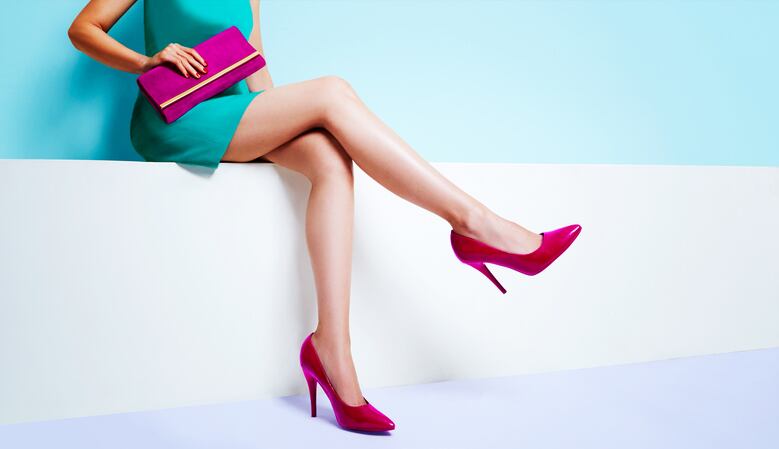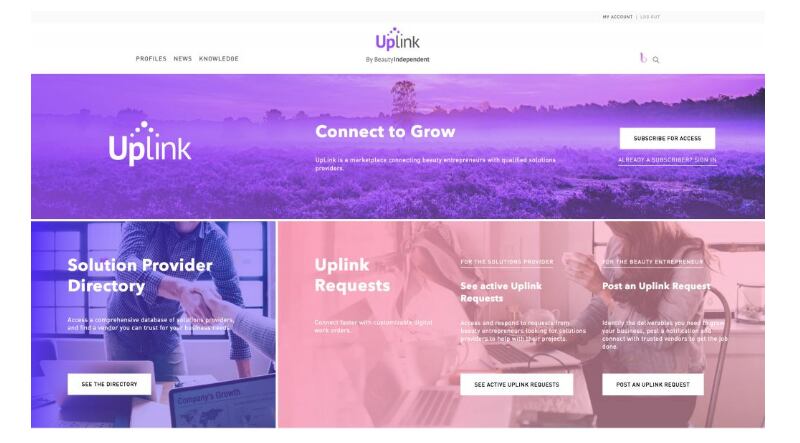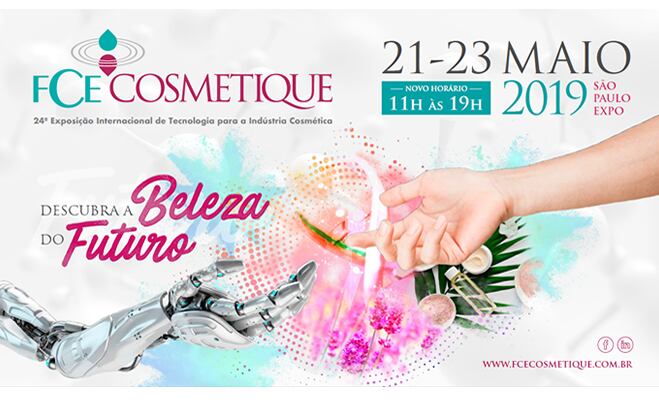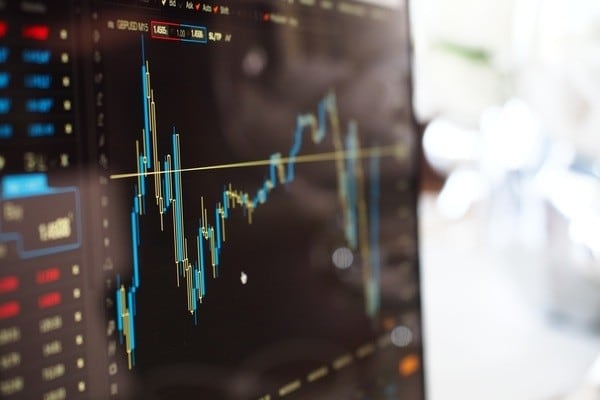Firstly, what is beauty logistics?
The whole customer journey is beauty logistics for me. The customer journey is from the moment consumers land on your website, all the way through to when they receive their delivery, and potentially when they want to return an item.
Often, we think of logistics as just delivering, but actually it is so much bigger than that. It is about how you are making consumers feel on your website, how you are helping them navigate your range and what advice you are able to give them at that point.
Everything I do goes through a beauty filter. So when I talk about logistics, I act as a translator to make it relevant to founders and beauty brands to bring the two seemingly contrasting worlds together.
What is the peak-end Rule? And how does it apply to beauty?
The peak-end rule is a psychological theory; it is unbelievable that I can put logistics and psychology together.
It sets out that your experience of a particular event is absolutely dominated by how you feel at the peak of that experience and at the end of that interaction.
So, even if you have a negative experience, i.e. something happened that was not particularly pleasant, as long as the peak and the end is really positive, that is actually the memory that consumers will take away from the entire experience.
From a logistics point of view, if founders invest time and effort into crafting their peak moments and their end moments, they can almost hijack their customers' memory banks; potentially turning them into complete raving fans, repeat customers and brand advocates.
How has the beauty logistics landscape changed in recent years?

There are two core changes we have seen:
- E-commerce
The growth of e-commerce has massively changed the way beauty brands can access sales around the globe. It has completely reshaped the landscape.
The Amazon effect has put an enormous strain on indie brands because we have to be able to compete with their presence and key selling points such as next day delivery.
- Retail
When I got into beauty logistics, we moved pallets and boxes around. That's what logistics was. Retailers have since changed the way they order and the way they manage their inventory. We used to deliver pallets’ worth of stock into retailers' warehouses and the retailers would send stock to stores. This stock would then sit in storerooms and the shelves would get replenished.
None of that exists anymore. Retailers do not have huge storage facilities. Instead, they have distribution centres, where everything goes in and goes straight back out again. Retail outlets do not have back rooms anymore, because every inch of space has got to earn money.
So brands have seen a real change in the way retailers order. They are ordering much smaller quantities, far more regularly now. And that has had a huge impact on the ability of brands to work with retailers. It has increased costs and it is making it far more difficult to manage those logistics on their own.
Are brands shunning retail in favour of e-commerce?
I think high street beauty has gone through a really difficult phase and as a result of that brands are keen to maximise their online potential.
You see it with the likes of Glossier, where founders have made the conscious decision to only go through online channels. A lot of founders that I work with are still keen on retail. They still see it as a way of reaching a much larger audience. Focusing on experiential shopping and providing more expert advice, through, for example the pop-up model, is a way for high street brands to revitalise their offerings.
The high street has struggled a little bit, but I think it is going to have a rejuvenation. We are seeing UK supermarkets such as Tesco and Sainsbury's, for instance, creating beauty zones to make beauty much more of an experience in their stores.
I believe it is still going to play a massive role going forward, because you can get volume there and if you are a brand who is mass market, then it is a way to grow your business. I think there will always be brands that do that but there will also always be brands that will focus on the more independent retailers and their own e-commerce sales.
What advice would you give to startup indies looking to navigate market entry?
New indie brands need to think about logistics from the design point of their product, especially if they are going to be an e-commerce brand:
- Is it going to transport?
- Is it going to be safe?
- From a retail point of view, how is it going to look on the shelves?
For example, if you choose matte packaging, is it going to mark with people's fingerprints when they pick it up? Or, if you choose to sell retail products, you need to make sure you include barcodes on your items. Considerations such as these are all part of logistics as it concerns how your product is moving through the supply chain.
If you know you are going to outsource your logistics to a warehouse, then you need to understand how that product needs to be packed by your manufacturer and how it needs to be delivered.
If you are going to be a retail brand, retailers have certain requirements around packaging and so you want to get that right from the start, rather than having to redo everything at a later point.
There can also be a tendency for brands to price their products before they have thought about logistics. We can publish prices before realising that we have got to pay postal delivery costs and have not factored those in. It is still a really overlooked part of building a brand, yet it has the ability to make or break a brand.




